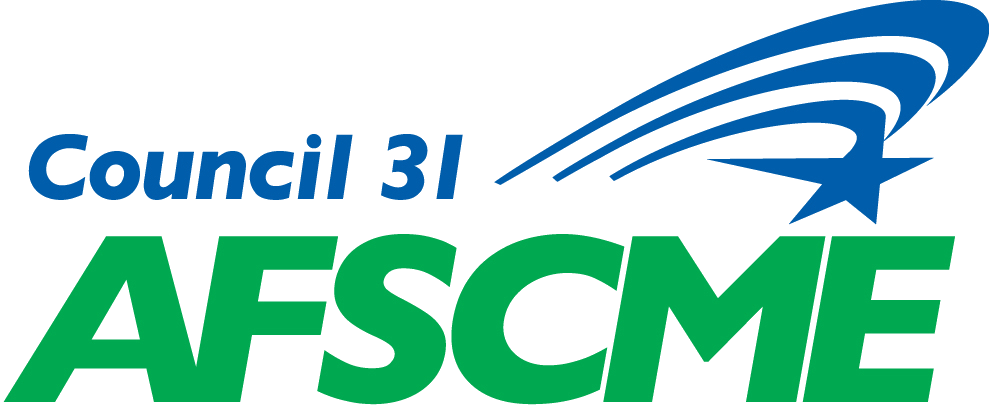Workers at Chicago’s Museum of Science and Industry (MSI) officially formed their union, Museum of Science and Industry Workers United, with AFSCME Council 31.
“Today, we savor the moment and celebrate our historic achievement. Tomorrow, we get back to work at making the Museum of Science and Industry better for all,” the organizing committee wrote in announcing their victory to their colleagues.
Opened in 1933, the Museum of Science and Industry is one of the largest science museums in the world. Each year, museum staff welcome more than 1 million visitors to view its hundreds of exhibits.
The MSI workers join those from other Chicago-area cultural institutions like the Art Institute, the Field Museum, the Newberry Library and the Peggy Notabaert Nature Museum in forming unions with AFSCME.
MSI workers had to contend with an aggressive anti-union campaign from management, in which the museum bosses brought in a high-priced law firm known for its cutthroat efforts. Workers on the union organizing committee describe frequent visits from the CEO and upper management while they were doing their jobs and late-night emails which sought to divide the museum staff.
“I had upper management coming by my desk multiple times a day,” said Margy LaFreniere, an education project manager at the museum and a member of the union organizing committee. “One day I counted they came by five times, just to talk about random things. I got the impression they just wanted me to know they were watching me.”
Ultimately, the workers overcame management’s anti-union campaign. The 140 employees in the museum’s guest experience, guest operations and education departments won their union election with a 75% yes vote.
“When we found out about the kind of money the museum paid [the anti-union law firm], we thought about how that effort was made rather than doing something positive that could contribute to the museum,” said KJ Jamerson, a museum facilitator and member of the organizing committee.
“We formed our union to have our voices heard louder. That’s the main thing we didn’t feel like we were getting,” Jamerson said. “We didn’t have a seat at the table, we aren’t always being heard when we voice our concerns. Now our union will help us uplift our voice.”
Now MSIWU members will do the important work of electing a bargaining committee to negotiate a first contract. Members say fair wage increases are at the top of their list of bargaining priorities, but other issues have drawn their attention, too.
For instance, in the museum’s coal mine exhibit, which takes guests inside a true-to-life mine and showcases the processes and dangers of mining coal, safety is an issue for some tour guides.
“We do the best we can to stay safe. But the safety protocols and the chains of command—when, say there is an accident and we need to get in touch with human resources—are lacking,” Jamerson said. “We’d like to address that.”
Along the same lines, workers who are members of the LGTBQ+ community have recently faced harassment from guests. Clear procedures are needed to dictate how the museum must respond when something like that occurs.
The museum has also been critically short-staffed, a byproduct of what workers say is management’s eagerness to cut costs by paying people less.
“We’re losing talent in a way that isn’t helpful for the organization,” LaFreniere said. “There are people who, if pay was commensurate with their talent and skills, they would want to work here. But it doesn’t seem to be a priority for management.”
Another key area of worker dissatisfaction is the opaque process for finding advancement opportunities. They hope to spell out a process through which employees can advance their careers with the museum.
“Every time I walk into the building, I feel this weight over me knowing that there are people who we all work alongside of who get paid very poorly,” LaFreniere said. “We are going to fight for a contract to make sure that people who are contributing to what is an amazing gem in the city are treated fairly.”
